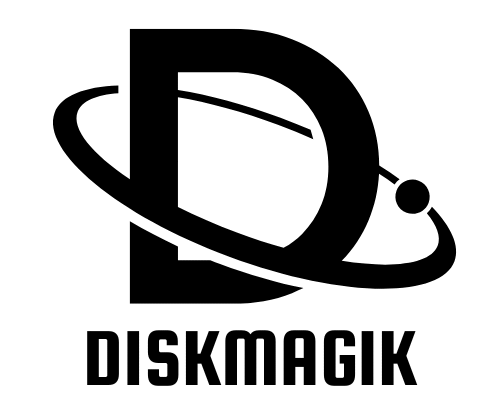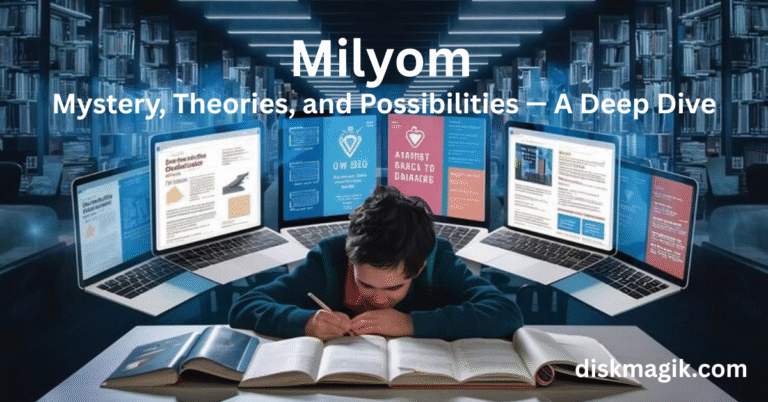A Look at the Importance of Audience-First Ad Strategies

Audience-first ad strategies focus on knowing and understanding your target audience before creating campaigns. They are the need of the hour as advertising undergoes rapid changes and individuals develop a need for more tailored content. Knowing who your audience relates to allows you to create advertising campaigns that really click with them. As digital advertising continues to take over, it becomes essential to understand the preferences and behaviors of those whom you are trying to reach. In this context, this article will discuss the significance of an audience-first strategy and its practical advantages in the world of advertisement.
Understanding Your Audience
The secret to an audience-first strategy is understanding your audience both inside and outside your organization. Audience research is thus very important in determining the needs, wants, and habits of various audiences. Demographics, psychographics, and consumer behavior analysis are some of the methods that you can use to obtain the relevant information. The more you know your audience, the more you will know how to attract them with persuasive content. Knowing your audience, you not only create successful campaigns but also build a foundation of trust and mutual respect with your audience.
Enhanced Engagement and Experience
In advertisement terms, engagement is about forging connections, and an audience-first approach can make them very strong. You make your audience more responsive and attentive by using relatable content that they can relate to. Your audience-first campaigns will give them tailored experiences that meet their needs and behavior, thereby increasing their likelihood of interaction. In this respect, personalization is significant and increases the effectiveness of your advertisements. Relatable and valuable messages will promote increased audience engagement and loyalty with you and your brand.
Better ROI and Conversion Rates
The audience-first strategy will provide a significant boost to your return on investment (ROI) in advertisement. The reasoning behind this is that these ads are targeted to a particular audience and are therefore more apt to lead to purchase, enrollment, or some other conversion. Such campaigns are more cost-effective since they concentrate the resources on potential customers who have the highest chances of becoming customers, and therefore unnecessary expenditure and wastage of resources is avoided. You are able to quantify engagement and conversion rates by using such metrics as analytics and KPIs. Such campaigns can be proven successful, as seen in case studies of several large firms.
Navigating Challenges in Digital Advertising
When it comes to digital advertising, there are inherent obstacles in reaching the right audience. However, technology and techniques like social listening and audience insights can help in overcoming these challenges, as can staying agile and flexible in targeting. Also, you need to be abreast of changes in algorithms, security risks, and ad fraud prevention that risk your audience targeting and overall budget. Keeping policies in place to avoid these risks can also be a preventive measure. When you employ these strategies, you can develop audience-first approaches that hold together in the tough terrain of digital advertising.
Future Trends in Audience-First Advertising
You can expect a sea of change in the field of audience-first advertising in the near future. There will be increased emphasis on employing innovative technologies for behavior analysis as audience expectations keep rising. Respecting ethics in the collection and utilization of audience data will also become imperative and empower more honest brand-audience relationships, an example being the shift by many brands to make cookie-less transitions. Future strategies concerning personalization will be increasingly data-led, yet secure, as the audience anticipates more relevant content. These strategies will aid marketers to progress at a pace with advancements and remain ahead in a demanding market.
Conclusion
An audience-first approach can be a game-changer in advertising as it shifts the focus from a generalized to a personalized approach. Its most crucial advantages are better audience engagement and improved ROI, as well as effective navigation of the various difficulties of digital ads. It is of great importance to update your strategies regularly and to be acquainted with the latest and greatest trends in audience-centric techniques. Always remember that audience loyalty and understanding are the foundation of building lasting customer relationships. By concentrating on your audience, you design campaigns that provide real value and connection in the promotional landscape.
Also Read: Markiseteppe: The Ultimate Guide to Modern Outdoor Shading Solutions






